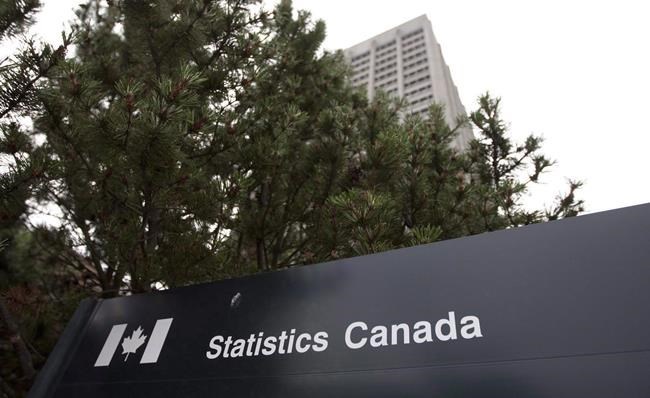OTTAWA — Statistics Canada reported Wednesday that visible minorities are generally more likely than their white counterparts to earn a university degree but less likely to find a job that pays as well.
The findings based on data from the 2021 and 2016 censuses show that two years after graduating, visible minorities reported lower employment earnings and lower rates of unionization and pension plan coverage. However, the findings varied considerably by racialized group and gender.
"I think one of the main takeaways here is that a lot of these income gaps that we see and the differences in the job quality that these graduates have cannot be explained by the observed characteristics that we have," Statistics Canada analyst Liliana Corak said during an interview on Wednesday.
Corak explained that "observed characteristics" refer to such things as the graduates' age, place of residence, industry of employment and whether they work full or part time.
"But they (could be explained) by some unobservable characteristics, such as motivation and, of course, discrimination within the job market," she said.
Employment income two years after graduation averaged $45,700 annually among racialized women with university degrees compared with $47,800 for non-racialized and non-Indigenous women; racialized male graduates earned $51,600 compared with $54,100 for non-racialized and non-Indigenous men.
"We found that among women ... income gaps persisted for six out of 10 of the racialized groups," Corak said. The biggest gaps were seen for West Asian and for Arab graduates, who lagged about 15 per cent behind, she said.
"And then we saw slightly smaller, but still significant differences for Black, Korean, South Asian and Latin American female graduates when compared to our non-racialized, non-Indigenous reference group."
In general, the federal agency said many racialized populations, including Koreans, Chinese, South Asians, West Asians, Japanese, Arabs and Filipinos, had levels of education well above the national average.
For men, about seven out of 10 racialized groups had lower employment compared to their white counterparts, Corak said.
Considerable variations were also observed in education levels within the Latino and Black communities, since people who immigrated in 2001 or later were more likely than Canadians overall to have a bachelor's degree or postgraduate diploma. Immigrants who arrived in the country before 2001 were less likely to possess university diplomas.
This report by The Canadian Press was first published Jan. 18, 2023.
—
This story was produced with the financial assistance of the Meta and Canadian Press News Fellowship.
The Canadian Press



